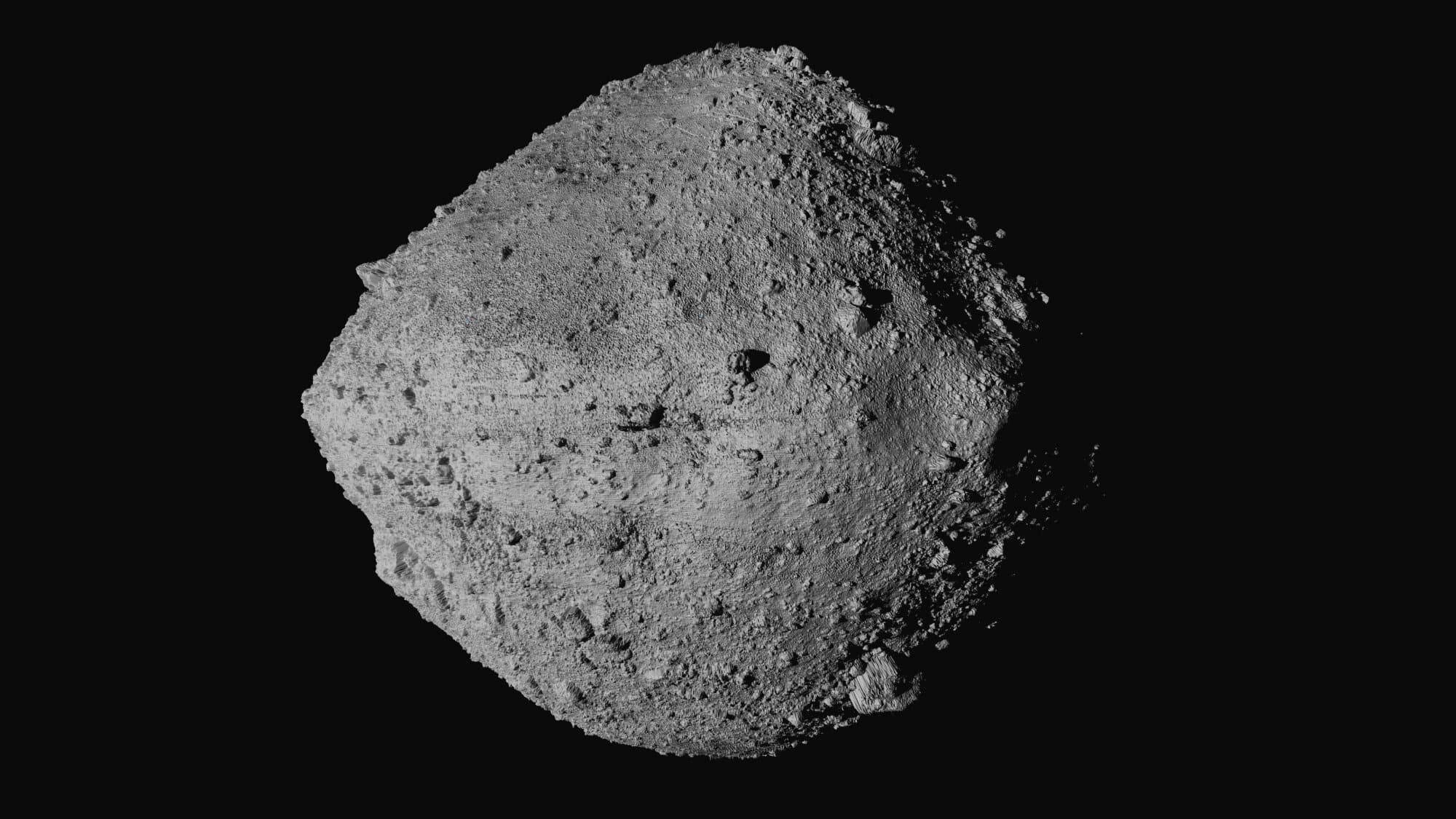Early Tuesday morning marked a bold step into the cosmos with the launch of the SpaceX Polaris Dawn mission from Florida’s Kennedy Space Center. Led by Jared Isaacman, CEO of Shift4 Payments, this daring venture has propelled the private crew to an altitude of 870 miles—surpassing the International Space Station’s orbit by more than threefold. The mission aims to accomplish what no other has before: the inaugural spacewalk by non-professional astronauts, scheduled for Thursday.
The Crew Dragon spacecraft, carrying four civilians, has ventured into the perilous Van Allen radiation belt—a region saturated with high-energy charged particles. This five-day journey subjects the team to intense radiation levels and requires precise navigation through a congested orbital path strewn with over 10,000 satellites and innumerable pieces of space debris. Elon Musk, SpaceX founder and CEO, underscored the critical nature of their trajectory calculations, stating there is “no room for error.”
The highlight of this mission is undoubtedly the planned spacewalk—a first for civilian astronauts. Sporting state-of-the-art EVA suits equipped with heads-up displays and helmet cameras, the crew is set to venture outside their spacecraft, which interestingly lacks an airlock. This means the entire cabin will be exposed to space, posing an additional challenge during the two-hour EVA window.
Scientific Endeavors and Future Preparations
Beyond the awe-inspiring spacewalk, the mission is also a scientific endeavor. The crew will conduct 36 experiments, including tests on innovative contact lenses designed to study changes in eye pressure. These experiments are part of a broader effort to prepare humanity for extended periods of space travel, with implications for future missions to Mars and beyond.
Polaris Dawn is the initial mission under the broader Polaris program, which aims to culminate in the first crewed flight of SpaceX’s Starship prototype. This vessel is central to SpaceX’s vision for Mars colonization. The crew’s activities also include testing advanced laser-based communications with the Starlink satellite network, which could revolutionize data transmission speeds between space and Earth.
The crew, comprising a former U.S. Air Force lieutenant colonel and two SpaceX engineers, represents a new breed of astronaut. Their rigorous two-year training regimen included diverse preparations from skydiving to summiting volcanoes, preparing them for the challenges of space.
This mission not only pushes the boundaries of human spaceflight but also invites us to ponder the future of space exploration. As we follow their journey, we are reminded of the vast unknowns awaiting us and the potential for civilian space travel to become a cornerstone of future explorations. What do you think the impact of civilian-led missions will be on our quest for the stars? Share your thoughts and join the conversation about this groundbreaking venture.











